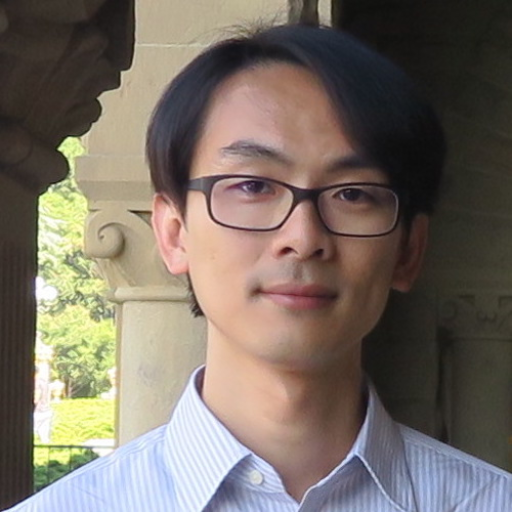Studying Lysosomal Vulnerability in Aging and Alzheimer's Disease

About the Research Project
Program
Award Type
Postdoctoral Fellowship
Award Amount
$200,000
Active Dates
July 01, 2022 - June 30, 2024
Grant ID
A2022004F
Mentor(s)
Judith Frydman, PhD, Stanford University School of Medicine
Goals
The objective is to achieve an integrated understanding of how lysosomal defects correlate with an increase of age and are exacerbated in Alzheimer’s disease, leading to neurodegeneration.
Summary
Lysosomal vulnerability is critical to the development of Alzheimer’s disease (AD), whereas the molecular basis of the deficit in human neurons is not fully understood. I harness the lineage reprogramming technology to transdifferentiate human somatic cells into neurons (tNeurons) to facilitate the learning of disease biology and test therapeutic strategies for AD. The outcomes will advance our understanding of lysosomal dysfunction and lysosome-targeting compounds for AD and potentially other dementias.
Unique and Innovative
The direct conversion of human somatic cells into neurons overcomes rejuvenation. This allows for aging signature preservation and detailed biological characterization, which can provide a better understanding of the aging trajectory of human neurons and prediction of risk for developing AD. The biggest challenge for AD treatment is a lack of understanding the biological target of drugs. Using the tNeuron platform for unbiased phenotypic and genome-wide screening is a novel approach to investigate compound mechanism-of-action and identify new compounds that promote neuronal survival in AD.
Foreseeable Benefits
The completion of this proposal is anticipated to highlight that human tNeurons provide a tractable system equipped with a capacity to capture signals of neuronal aging and AD. The outcomes will provide novel insights into the role of lysosomes in the aging and neurodegenerative process in AD, and its therapeutic implications for AD. Ultimately, we hope that the accumulating research work will eventually be used to quantitatively predict individual neuronal healthspan, discover biomarkers, stratify disease risk, and develop personalized interventions for AD and related dementias.
Grants
Related Grants
Alzheimer's Disease Research
Characterizing Factors That Induce Waste Clearance in Microglia
Active Dates
July 01, 2024 - June 30, 2027

Principal Investigator
Anna Podlesny-Drabiniok, PhD
Characterizing Factors That Induce Waste Clearance in Microglia
Active Dates
July 01, 2024 - June 30, 2027

Principal Investigator
Anna Podlesny-Drabiniok, PhD
Alzheimer's Disease Research
Understanding Tau Seeds: The Role of Protein Clumps on Membranes in Alzheimer's Disease
Active Dates
July 01, 2024 - June 30, 2026

Principal Investigator
Sankalp Shukla, PhD
Understanding Tau Seeds: The Role of Protein Clumps on Membranes in Alzheimer's Disease
Active Dates
July 01, 2024 - June 30, 2026

Principal Investigator
Sankalp Shukla, PhD
Alzheimer's Disease Research
Identification of Protein Biomarkers for Aging and Alzheimer's Disease
Active Dates
October 01, 2022 - September 30, 2024
Principal Investigator
Xiaojing Sui, PhD
Identification of Protein Biomarkers for Aging and Alzheimer's Disease
Active Dates
October 01, 2022 - September 30, 2024
Principal Investigator
Xiaojing Sui, PhD



